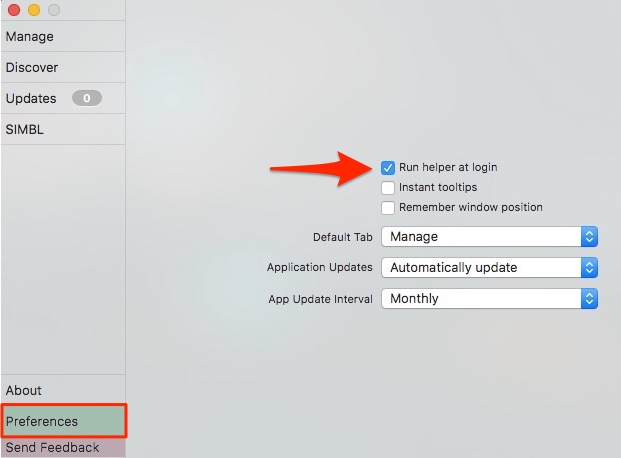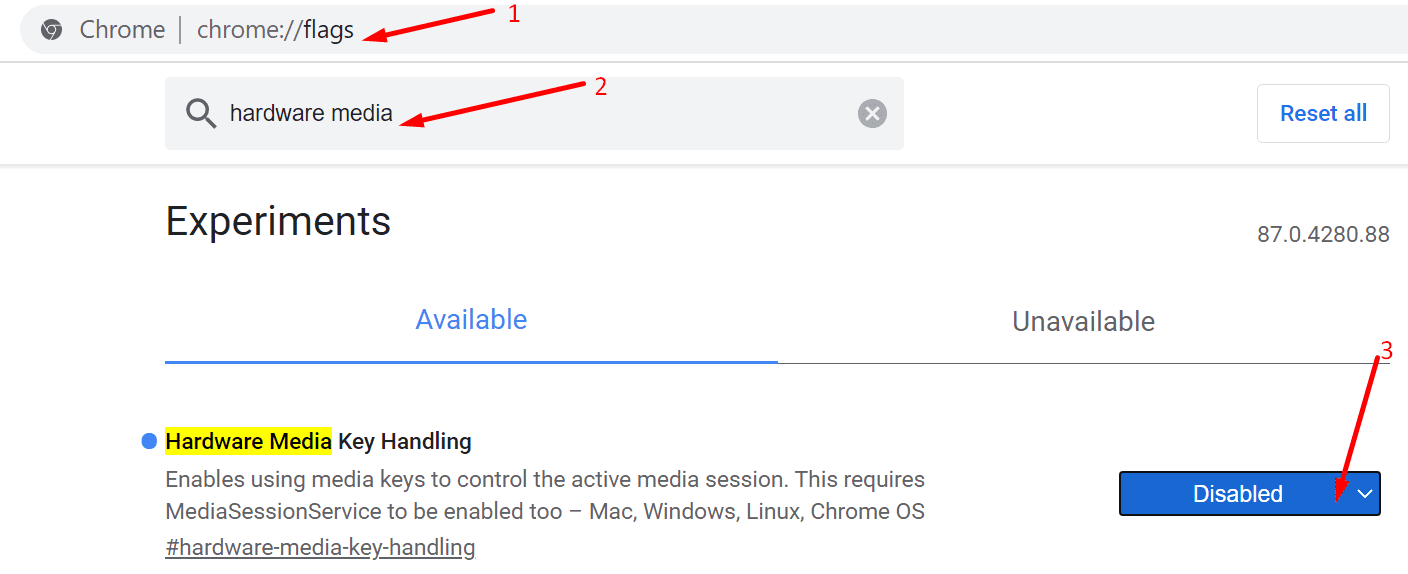

- #MAC VOLUME OVERLAY FOR WINDOWS HOW TO#
- #MAC VOLUME OVERLAY FOR WINDOWS INSTALL#
- #MAC VOLUME OVERLAY FOR WINDOWS SKIN#
- #MAC VOLUME OVERLAY FOR WINDOWS WINDOWS 10#
I have been looking for something like this ever since I started using Windows 10.
#MAC VOLUME OVERLAY FOR WINDOWS HOW TO#
And don’t forget: Sometimes a reboot is doing wonders…Īttention: There is new version available hereĢ38 thoughts on “ How to get rid of the Volume OSD in Windows 8 / 8.1 and 10”įirst of all I want to say thank you. If there are questions about the software or problems, just leave me a note. “If this code works, it was written by Marcus Venturi. Starts the silent mode version to show the OSD and quits then.Īt this point I want to finish with a variation of a famous quote from Paul DiLascia, a software developer and author who wrote a lot of C++ columns for the MSDN long time ago: Starts the silent mode version to hide the OSD and quits then. This version was a user request from Daniel, who just wanted to hide the volume OSD without any system tray app. This one just hides the volume OSD at user login and quits then. In case you want to turn the volume OSD on again, just look into the program group called “HideVolumeOSD”. If you exit the application, the volume OSD is always restored to visible state.ĭuring Installation the tool is added to the startup folder, therefore once hidden the toolbar remains hidden after a reboot.Īdditionally it is possible to toggle volume OSD visibility by just clicking on the tray Icon. With this item you can toggle between visible and hidden volume OSD. To hide the volume OSD you can select the menu item “Hide Volume OSD” or just click on the tray Icon. The tray icon version of this app has a small context menu with 3 items, which is pretty self explaining. net Framework 4 which is already contained in Windows 8 and above.ĭuring installation you can choose between 2 different versions. I wrote a small Application called “HideVolumeOSD”. It is written in C# and needs. If it’s a window we can hide it, said and done. The solutionĪfter some research with WinSpy++ I saw, that this bar is just a top-level window on the desktop.

#MAC VOLUME OVERLAY FOR WINDOWS SKIN#
I could have turned off the MediaPortal OSD, but the skin-provided OSD is where the skin designer wanted it and therefore fits perfect to the skin, whereas the Microsoft bar in most cases is not. When searching for a solution I found a lot of posts with complaints from people having similar problems ( SuperUser, Microsoft Answers, Microsoft TechNet and Reddit), but no hint how to get rid of this bar. With the time I got really anoyed by this. The one from MediaPortal and the one from Microsoft: Now I have 2 volume bars when watching TV or a movie. A lot of very nice skins exist for MediaPortal and every one of them comes with its own volume OSD, that visually fits perfect to the skin. I had Windows 7 on my HTPC in the living room with MediaPortal running. It can’t be skinned (if selected, the bar color is adjusted to the background).It is at a fixed position and can’t be moved.Well I don’t want to talk about its Minecraft-inspired design, but in my opinion this has some disadvantages: These often imitate the look of the Apple OS X OSD.
#MAC VOLUME OVERLAY FOR WINDOWS INSTALL#
Many notebook manufacturers install their own software which provides a OSD when changing volume via dedicated keys on the keyboard. The only thing that is adjustable, is the time the bar is displayed on the screen before it disappears again (Settings / Ease of Access / Other options / Show notifications for).

#MAC VOLUME OVERLAY FOR WINDOWS WINDOWS 10#
With Windows 10 they changed a lot of things in the UI, but the volume OSD has remained the same and – despite of many user complaints – can’t be deactivated. You could either install the Microsoft Intellitype software which had a volume OSD or any 3rd party tools like Volume2 or 3RVX, which are skinnable and configurable in many ways. With Windows 8 Microsoft decided to add a small volume OSD to the system. In previous versions of Windows such a display was optional.


 0 kommentar(er)
0 kommentar(er)
